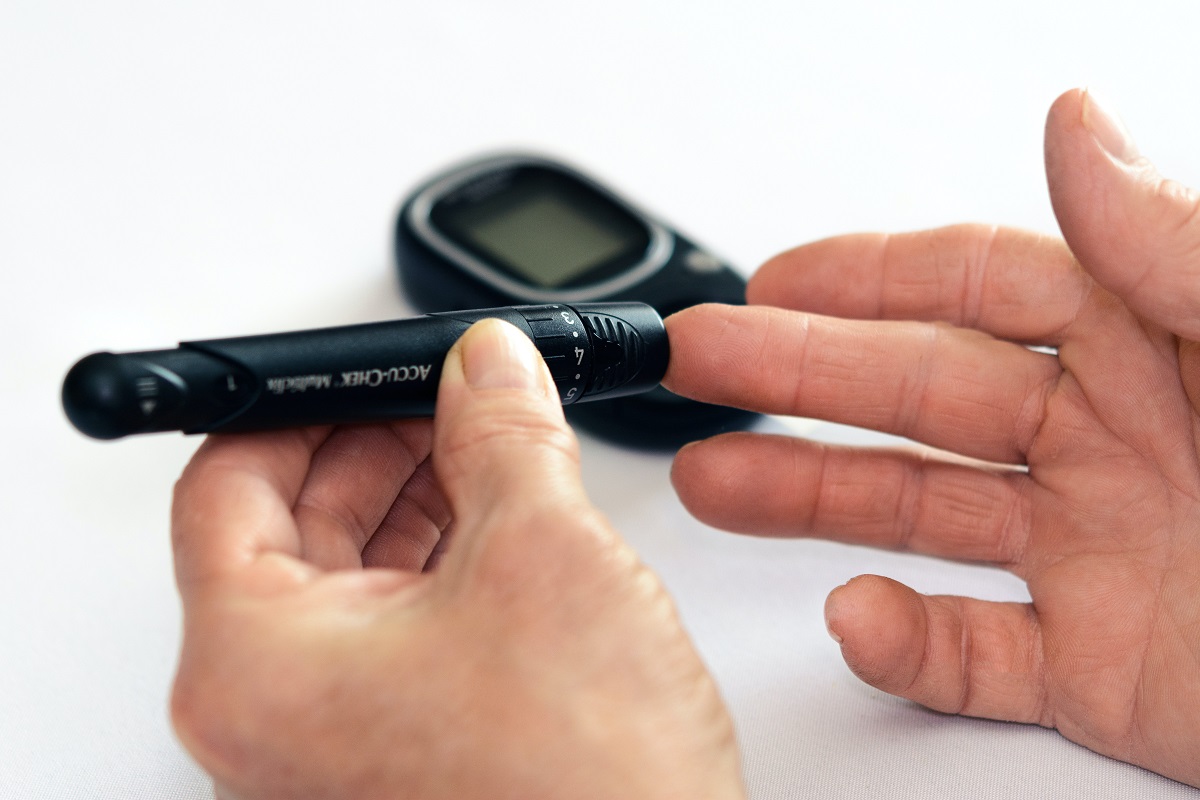
Managing Diabetic Symptoms Naturally
Diabetes causes many issues in the body, including the musculoskeletal system. High blood glucose levels can damage the body’s organs, including the kidneys, eyes, gums, feet, and nerves. Problems that are specific to the musculoskeletal system include muscle pain, joint pain or stiffness, joint swelling, decreased ability to move your joints, and a “pins and needles” sensation in the extremities.
It may feel like you’re facing these conditions alone, but there is help available where you may not have thought to look. Read on to uncover how you can get help for the musculoskeletal issues you face due to diabetes.
What Is Diabetes?
Diabetes is a chronic condition that affects how your body turns food into energy. The body either doesn’t make enough insulin, which lets the blood sugar from food into your cells for use as energy, or can’t use the insulin your body makes. This results in an excess of blood sugar in the bloodstream.
High blood sugar levels can cause serious damage to the body, including heart disease, vision loss, and kidney disease. While there’s no cure for diabetes, there are steps you can take to reduce its effects, including losing weight, eating better, and exercising regularly.
How Does Diabetes Affect the Musculoskeletal System?
Your musculoskeletal system includes bones, muscles, tendons, ligaments, and soft tissues. It’s function is to support your body’s weight and help you move.
People with diabetes may feel the effects of their condition on their musculoskeletal system. Issues can include:
- Loss of reflexes
- Muscle cramps
- Peripheral neuropathy, which involves tingling, numbness, and pain in the hands and feet
- Joint pain
- Carpal tunnel syndrome
- Reflex Sympathetic Dystrophy Syndrome (RSDS)
- Stiff hands syndrome
- Adhesive capsulitis (frozen shoulder)
How Can I Manage Diabetic Joint Pain?
While diabetes can cause a variety of health problems, you can manage your symptoms by managing your diabetes. Consider the following ways to control your condition.
Control glucose levels
First and foremost, you should monitor your blood sugar levels. Avoid sugar and carbohydrates to prevent your glucose levels from rising.
High glucose levels can cause joint pain by damaging tendons and ligaments, as well as sticking to the surfaces of the joints, preventing ease of movement.
Exercise regularly
Physical activity can not only help you manage your diabetes, it can also help control joint pain. Your exercise plan should include stretches, resistance training, and aerobics and should be approved by your doctor.
Exercise helps:
- Strengthen muscles
- Relax joints and muscles
- Enhance flexibility
- Improve movement
You should also consider low-impact exercises like swimming to help strengthen the body and relieve joint pain.
Rest
While on one hand, physical activity is essential to your diabetic health, on the other hand, rest is equally important. Pay attention to the signs your body is sending you and know when it’s time to rest and heal, using ice and heat to help ease pain.
Sleep
Sleep deprivation can cause numerous problems for diabetics, including overeating, low energy levels, and the possibility of low insulin levels. However, oversleeping can also create issues.
A balanced sleep schedule is necessary for high energy and proper blood sugar and insulin levels. Get around eight hours of sleep each night and monitor how your sleep habits affect your food consumption and energy levels.
Lose weight
Maintaining a healthy weight is important not only for managing diabetes, but also for helping with joint pain. Even losing ten to fifteen pounds can result in:
- Lower blood sugar
- Reduced stress on the joints
- Increased energy
How Can a Chiropractor Help Treat Diabetic Symptoms?
In addition to joint pain, neuropathy is a large problem faced by diabetic patients. Neuropathy is the pain, numbness, or tingling in the hands and feet that is often associated with diabetes. It is caused by damaged nerves or injury to the coverings that protect the nerves and is often associated with diabetes, but can result from injury or as a side effect to certain medications.
There is no cure for neuropathy, but the symptoms can be managed through chiropractic care. A chiropractor can also help with other musculoskeletal symptoms that result from diabetes. Since chiropractic care is all natural and doesn’t involve medication, it can be utilized regardless of your current medical care without interfering or affecting how your regular prescription medicines work.
Your chiropractor will not only adjust and manipulate your spine, but also work on the muscles in your neck and shoulders, which affect nerve function. Treatments may include massage therapy, nutritional counseling, physical exercises, or electrical muscle stimulation.
When properly managed, your diabetic symptoms shouldn’t keep you from living a happy, healthy life. To begin your chiropractic care to treat diabetic symptoms, schedule an appointment with us online or call us today.
This article is for informational purposes only and is not a substitute for in-person advice or care from a medical professional.

